Gravitational waves are ripples in the fabric of space-time, traveling at the speed of light, resulting from some of the most violent and energetic processes in the Universe, for example, when two compact objects (black holes, neutron starts, and white dwarfs) orbit each other and then coalesce. They pass through the Earth constantly, but the amplitude of the waves is so extraordinarily small that it is nearly impossible to notice them. To detect the gravitational waves, high precision instruments were built, such as the LIGO and the Virgo detectors.
The gravitational waves are a fundamental consequence of Einstein's theory of general relativity, being calculated in 1916, and their first detection was determined by LIGO and Virgo in 2015, September 14th. That gravitational wave event, also known as GW 150914, was produced by two colliding stellar-mass black holes located in a galaxy at nearly 1.3 billion light years away. While the processes that generate gravitational waves can be extremely violent and destructive, by the time the waves reach the Earth their amplitude is billions of times smaller (less than one-thousandth of the width of an atomic nucleus). To increase the sensitivity of detection, we need to build space-based detectors.
The European Space Agency (ESA), in collaboration with NASA, is planning to launch a large-scale space mission in 2034. The mission is called LISA and its instrument will consist of three spacecraft in Earth-like orbits around the Sun, but trailing about 50 million km behind our planet. They will fly 2.5 million kilometers apart in an equilateral triangle formation. LISA will be able to detect gravitational waves that are produced, for example, by (i) two colliding supermassive black holes located at the heart of two galaxies or by (ii) quantum fluctuations of the gravitational field of the early Universe (e.g., during inflation, among other theories). In the former case, the gravitational waves can offer new insights into how massive galaxies and black holes evolve and influence each other, whereas in the latter case, the gravitational waves can carry unique information about the state of the Universe at times and energy scales unreachable by any other means.

